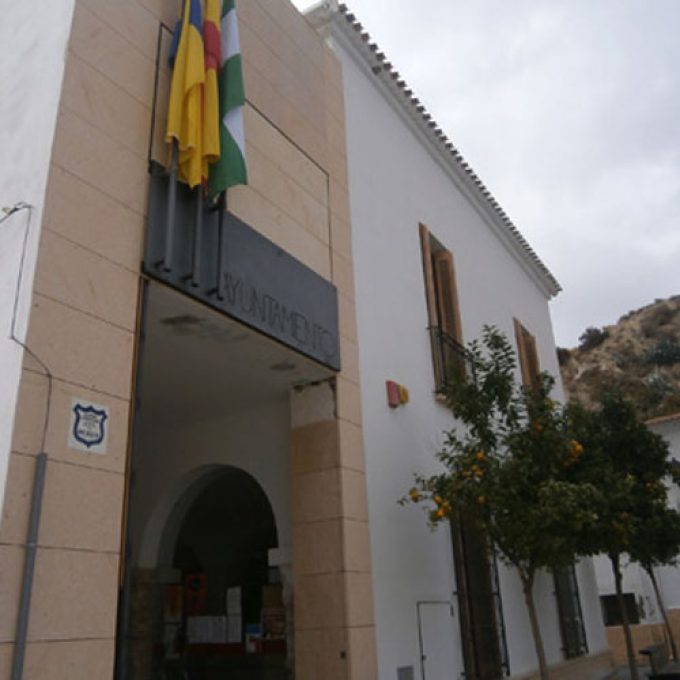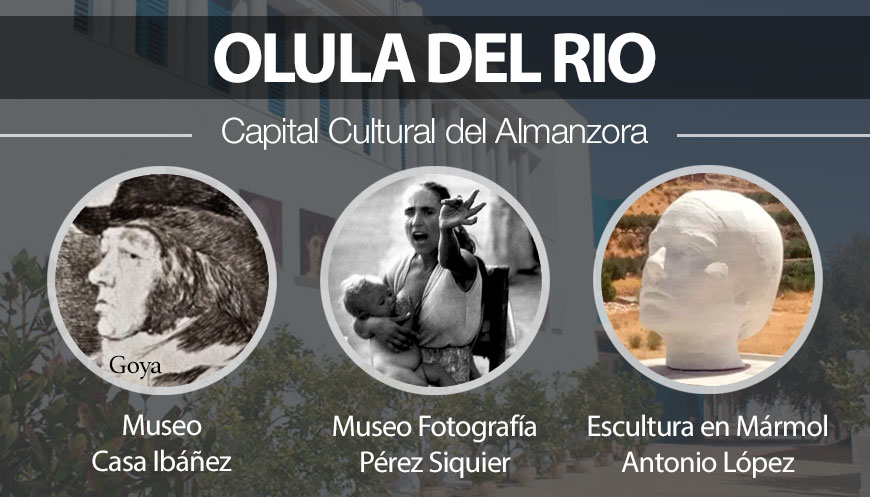History
The population is divided by the river Almanzora, on its left bank is the Alfoquía or neighborhood of the Station and on the right, on a hill, the ancient population.
Few data are available for the history of this municipality due to the fact that the Book of Abandonment and Population has been lost. Some medieval place names are known thanks to the Ensenada Census as: Cañada de Dacebucar, Calafa, Hamarche, Thamarchete and Alfoquía payments, the hamlet of Almajalejo, Cucador and Palacés. Many of these are today scattered hamlets of the municipal term: Almajalejo, Cañales, Carasoles, Cucador, Llanos, Los Mencaones, Palacés and Alfoquía that has become the most important and modern population nucleus of the term, as well as the cortijadas of Fuente del Pine and Lomas del Ganado.
Zurgena was annexed by Huércal-Overa until 1525, from the ecclesiastical point of view, in this same year Zurgena was erected as a parish.
Prominent figures
Ginés Parra, painter.
Monuments:
Among the Zurgena monuments, we can highlight:
- Parish church
Dedicated to San Ramón Nonato, patron of Zurgena. It is a work of the sixteenth century, when the town was allowed to have its own parish, instead of depending on the neighbor of Huércal-Overa
- Church of Zurgena.
- Ermita del Calvario
It dates from the 19th century, built on the mound where, according to tradition, the Virginica appeared to a shepherd. The hermitage was restored in the 1990s with the collaboration of the neighbors
- The watch
It dates from 1882, built on a mound on the outskirts of the urban area. During the Civil War, a watchtower was placed in its tower
- Church of La Alfoquia
It was built in the 1950s and 1960s thanks to the private initiative of a neighbor. It remained unfinished, since then the parish hall as a church
- Train station
The Huércal-Overa-Zurgena line was built in 1892. The station, which was built at that time, was left without service in 1985. Years later, the town hall restored it, installing a Day Center in the main building
Gastronomy
Typical dishes
Balls
The balls is a typical dish of the traditional cuisine of Zurgena and surrounding villages.
The necessary ingredients for its preparation are: chickpeas, chorizo, blood sausage, spine, ear, bacon, onion, garlic, tomato and pepper.
- Elaboration
First they cook the chickpeas, part of the sausage, blood sausage, spine, ear, and bacon, as if preparing a stew.
To part, in a frying pan a sofrito is made with the pepper, the onion, the garlic, the remaining chopped chorizo and the tomato. Once the sofrito is done we add boiled broth, mint and corn flour, in order to make a consistent dough. Once this is all mixed, a ball is made with the mixture and added to the stew.



Comments 0